1. Synopsis
The Human-AI Growth Intersection
LifeLine AI serves a new kind of individual: those combining personal finance awareness, continuous personal development, and active use of artificial intelligence in their daily routines.
These aren’t just users — they’re professionals seeking self-directed growth through structured learning, data-driven feedback, and personalized decision frameworks.
To understand this emerging reality, we built a methodology based on verified U.S. population data, consumer AI adoption rates, and behavioral statistics from the personal finance and personal development industries.
How the Estimate Was Built
Our internal research team reconstructed the population overlap by using publicly available data from independent market studies, academic surveys, and national demographic reports.
We applied conservative assumptions and a correlation discount method to avoid inflated numbers — prioritizing accuracy, reproducibility, and transparency over marketing volume.
The result:
≈950,000 U.S. adults aged 25–55 actively participating in all three areas — Personal Finance, Personal Development, and Consumer AI use — representing a measurable and expanding segment of the self-improvement market.
This figure represents a conservative midpoint between lower and upper bounds ranging from approximately 0.5M to 4.0M depending on behavioral overlaps.
Why It Matters
Our mission is to guide these individuals toward structured growth — translating insight into progress through actionable systems that combine AI diagnostics with human consultancy.
This number helps us focus our product development, outreach, and ethical design on a tangible and verifiable community.
2. Complete work
LifeLine AI’s population estimate of approximately 950,000 individuals represents a reconstructed and conservatively calculated figure derived from publicly available data sources covering U.S. consumer behavior in three domains: personal finance, personal development, and AI tool adoption.
This methodology applies prevalence rates, demographic normalization, and correlation-discount adjustments consistent with transparent, auditable research principles.
To safeguard both the integrity of our methodology and the intellectual property embedded in its interpretive framework, the complete methodological paper, including all source citations, statistical computations, and discount parameters, remains confidential and protected under LifeLine AI’s proprietary research materials.
For purposes of consumer protection and regulatory compliance, LifeLine AI allows external audit or validation of this work only upon formal written request to legal@lifelineai.us. Requests must specify the intended use, and access may be granted under confidentiality and IP protection terms.
Public references or partial reproductions of this estimate must cite LifeLine AI as the source and may not infer direct user counts without authorization.
This statement is provided to uphold transparency for our customers and protection for our research, ensuring that every figure we communicate can be reproduced and verified when required — without compromising the proprietary model that powers LifeLine AI’s analytical framework.
Understanding the People Behind a New Reality of AI-Driven Personal Growth
(10 min reading)
Estimating the U.S. Niche: Individuals at the Intersection of Personal Finance, Personal Development, and Consumer AI Use


